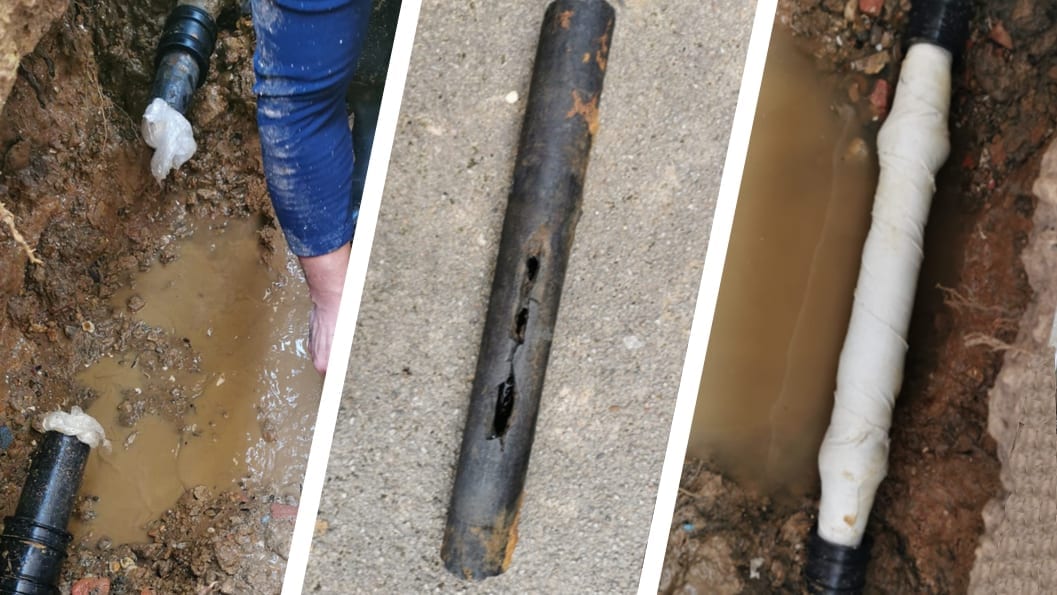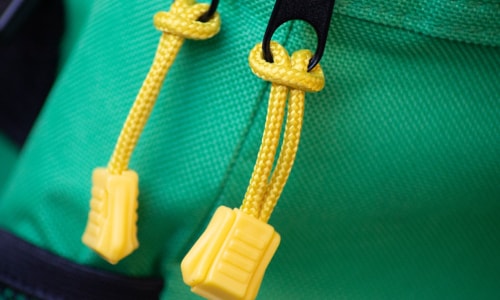Sewer repair, though not a glamorous topic, holds a significant place in our lives. It ensures that we live in hygienic conditions by keeping our waste disposal systems functional. The traditional methods of sewer repair, which often involved substantial digging and excavation to access damaged pipes, were notoriously disruptive, costly, and time-consuming. However, recent technological advancements have propelled a shift in the industry, birthing an innovative and less invasive solution: trenchless pipe lining.
Sewer Pipe Lining
Sewer pipe lining, or Cured-in-Place Pipe (CIPP) lining, is a ground-breaking method that revolutionizes sewer repair. Unlike traditional methods that required significant excavation, trenchless technology rehabilitates existing pipes internally without substantial ground disturbance. The process involves inserting a flexible tube saturated with resin into the damaged pipe, then inflating it. The resin then hardens, effectively creating a new, robust pipe within the old, damaged one.
The materials used for trenchless pipe lining include epoxy or polyester-based resins and a flexible textile liner, usually composed of fiberglass or felt. These materials ensure that the new pipe is not only as strong, if not stronger, than the old pipe but also corrosion-resistant, preventing future damage.
Advantages of Trenchless Pipe Lining
Trenchless pipe lining brings a plethora of benefits over traditional methods, the first being cost-effectiveness. Although the upfront costs of trenchless pipe lining might be comparable to traditional methods, this innovative solution eliminates subsequent expenses related to landscaping and infrastructure repairs, which are unavoidable with extensive excavation.
Another major advantage is minimal disruption. Traditional sewer repair often causes considerable disturbance to the surrounding environment and infrastructure. With trenchless pipe lining, only small entry and exit points are necessary, significantly reducing the impact on the surrounding area.
Moreover, trenchless pipe lining is a time-efficient method. Traditional sewer repairs can take several weeks to complete, whereas trenchless repairs can often be completed within a day or two, thereby minimizing the downtime for homeowners or businesses.
Lastly, the materials used in trenchless pipe lining are incredibly durable. With an expected lifespan of 50 years or more, the resins used in trenchless pipe lining provide a longer-lasting solution compared to traditional pipe materials.
The Process of Trenchless Pipe Lining
The trenchless pipe lining process begins with a comprehensive pre-inspection of the existing sewer pipe using a sewer camera. This step helps identify the location and extent of the damage.
Next, the pipe is cleaned and prepared for lining, often using a method known as hydro jetting. This process involves blasting high-pressure water through the pipe to remove any debris and buildup, ensuring optimal adhesion of the lining to the pipe’s inner surface.
The cleaned pipe is then ready for the installation of the lining. The resin-saturated liner is inserted into the pipe and then inflated until it fits snugly against the pipe’s inner walls. Once in place, the resin is cured. This can be done either through ambient curing, which can take several hours, or using hot water or steam to accelerate the curing process.
Following the curing process, a post-installation inspection is carried out to ensure the liner has properly installed and adhered, providing a seamless and durable new pipe.
Case Studies and Success Stories
Several real-world projects highlight the success of trenchless pipe lining. San Francisco, for instance, saved an estimated $80 million by opting for trenchless pipe lining for their sewer rehabilitation project instead of traditional methods. In Seattle, a large corporate campus was able to prevent substantial operational disruption by choosing trenchless pipe lining to address their sewer issues, thereby saving considerable time and money.
The Future of Sewer Repair
The future of sewer repair looks promising with ongoing research and development in trenchless technology. Improved resin formulas are under development to provide even greater durability and flexibility. Also, advancements in installation techniques aim to make the process less invasive and more efficient.
In an era that underscores sustainable infrastructure development, trenchless pipe lining provides a viable solution that conserves existing resources and minimizes environmental impact. As municipalities and businesses continue to adopt this innovative method, the future of sewer repair will be marked by less invasive, more efficient, and environmentally friendly practices.
FAQ
4. What types of pipes can Trenchless Pipe Lining be used on?
Trenchless pipe lining can be used on a wide variety of pipes including, but not limited to, sewer, drain, and potable water pipes. It is a versatile method that can be applied to pipes made from different materials such as clay, cast iron, PVC, and concrete. It can effectively repair pipes of varying diameters and can address a range of issues, from cracks and leaks to root intrusion and corrosion damage. However, the specific feasibility depends on the condition of the existing pipe and should be evaluated by a professional.
2. How long does Trenchless Pipe Lining last?
Trenchless pipe lining is incredibly durable and can extend the life of a sewer pipe by up to 50 years or more. The exact lifespan can vary based on factors like usage, soil conditions, and the quality of the installation, but it generally offers a longer-lasting solution compared to traditional repair methods.
3. Is Trenchless Pipe Lining more expensive than traditional sewer repair methods?
While the upfront costs of trenchless pipe lining can be comparable or slightly higher than traditional sewer repair methods, it is often more cost-effective in the long run. This is because traditional methods often involve additional costs for excavation and restoration of landscaping or infrastructure, which are not necessary with trenchless repairs. Therefore, when considering the overall costs, trenchless pipe lining can be a more economical choice.
Conclusion
The advent of trenchless pipe lining has brought a paradigm shift in sewer repair. With its numerous advantages such as cost savings, minimal disruption, time efficiency, and improved durability, this innovative method is revolutionizing the way we approach infrastructure maintenance. As trenchless technology continues to evolve, it offers a glimpse of a future where sewer repair will not be the intrusive, disruptive process it once was but a streamlined, efficient, and sustainable solution.




